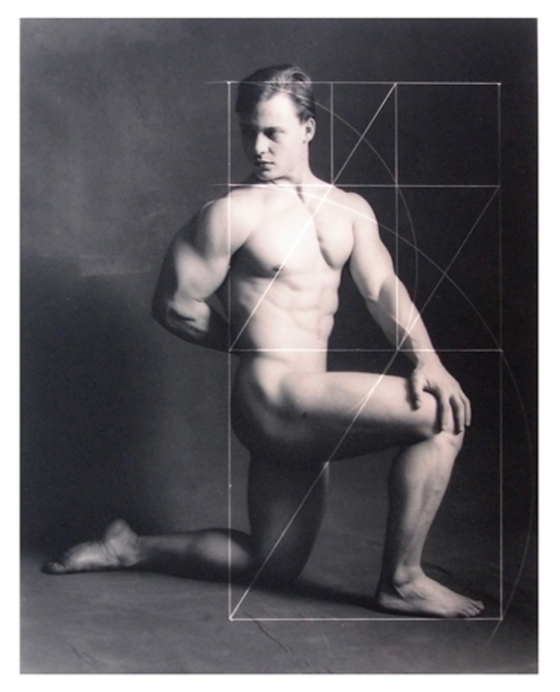Are you a stickler for little details? Well, if you’re a photographer, you had better be. Discovering the rule of thirds is a big milestone for any photographer. Suddenly, you realize that all you ever did before was center your subject right smack dab in the middle of the frame, because that’s where the camera’s focus grid is located. Makes sense right? The rule of thirds took you to new heights in your photographic journey, moving your subject off to one side or another in your frame, or to the top or bottom. But don’t some of these photos look a bit crowded being so close to either side of the frame? Sure it works in some cases, but what if there was still another rule you could incorporate into your photographic repertoire?
Enter Fibonacci’s Ratio…
Also known as the Golden Mean, Phi, or Divine Proportion, this law was made famous by Leonardo Fibonacci around 1200 A.D. He noticed that there was an absolute ratio that appears often throughout nature, a sort of design that is universally efficient in living things and pleasing to the human eye. Hence, the “divine proportion” nickname.
Since the Renaissance, artists and architects have designed their work to approximate this ratio of 1:1.618. It’s found all over the Parthenon, in famous works of art like the Mona Lisa and the Last Supper, and it’s still used today. The divine proportion has been used by companies like Apple to design products, it’s said to have been used by Twitter to create their new profile page, and has been used by major companies all over the world to design logos. It’s not talked about in most photography circles because it’s a somewhat advanced method of composition and can be confusing to a lot of people. It’s so much easier to just talk about the “rule of thirds” because it’s exact, precise and easy to follow.
This ratio can be used in many ways to compose a photograph. Lightroom 3 even has a golden ratio overlay option when you go to crop on image. This way, you can line up a grid of the golden ratio to coincide with lines or points of interest in your photograph.
By now you should know that this is NOT a conspiracy theory or fuzzy math. This is a real aspect of composition that has been used by historical famous artists and architects, and Fortune 500 companies. When applied to photography, this ratio can produce aesthetically pleasing compositions that can be magnets for the human sub-conscious. When you take the sweet spot of the Fibonnaci Ratio and recreate it four times into a grid, you get what looks to be a rule of thirds grid. However, upon closer inspection you will see that this grid is not an exact splitting of the frame into three pieces. Instead of a 3 piece grid that goes 1+1+1=frame, you get a grid that goes 1+.618+1=frame. Here are a few examples a Phi grid placed over some images that I’ve used it on in the past…
Craig Cowan did an entire exhibition on photography’s using DIVINE PROPORTION. Check on his web page.
Craig Cowan – Divine Proportion Photographs at Couturier Gallery

